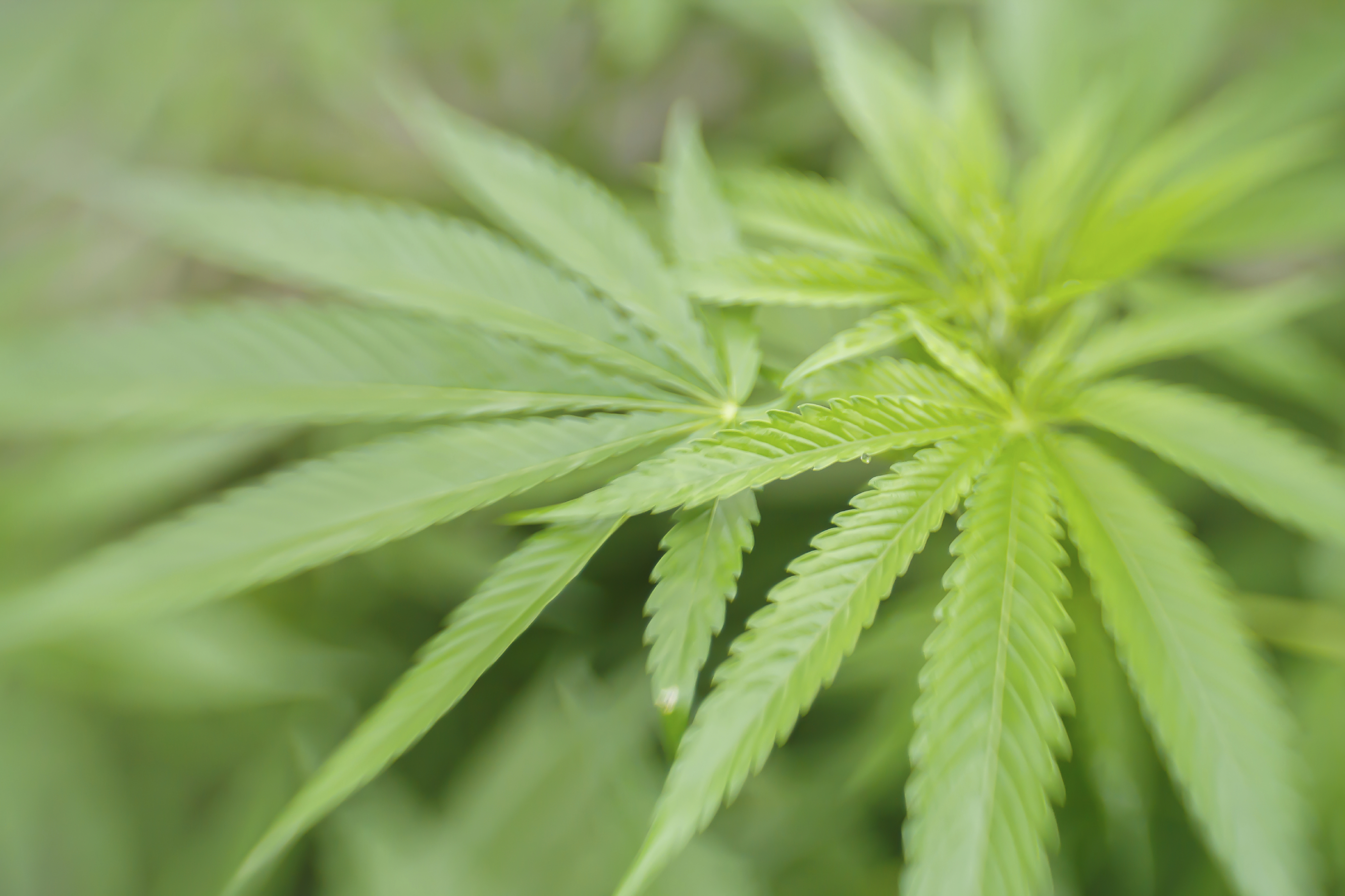An estimated 130 Americans die every day due to opioid-related overdoses and 10.3 million people misused prescription opioids in 2018, according to the National Center for Health Statistics and the U.S. Department of Health and Human Services.
But what if there were drugs that could help relieve pain without the risk of addiction or abuse? That’s what UConn researcher and neuroscientist Steven Kinsey hopes to discover — inside the cannabis plant.
“The opioid epidemic is a huge problem across the country, but also in New England, and we need to find some new, different drugs with less abuse potential,” says Kinsey, who is the director of the School of Nursing’s Center for Advancement in Managing Pain.

He is part of a team that has received a five-year, $2.4 million grant from the National Center for Complementary and Integrative Health, an agency under the National Institutes of Health. The rest of his team works out of the Research Triangle Institute in Durham, North Carolina.
“Pharmacologists consider cannabis a ‘messy’ drug because it is made up of so many different chemicals,” Kinsey says. “What we want to do is figure out if there are chemicals in there with medical benefits that we could extract or use as a starting point to create another type of drug.”
The cannabis plant contains more than 100 different terpenes and cannabinoids, two of which are well-documented and researched: cannabidiol (CBD) and tetrahydrocannabinol (THC). But what about the rest of them? Could they help ease pain without causing people to become addicted?
“It’s very uncharted,” Kinsey says. “There are some terpenes that people have looked at before that have anti-inflammatory effects, so we’ll use those as guidance and controls.”
The researchers at Research Triangle Institute will assist in narrowing down the long list of terpenes and cannabinoids to ones they think have the potential to ease pain with the least addiction potential, which Kinsey’s lab will test against inflammatory, neuropathic, and visceral pain models.
Because there are so many different chemicals to extract and test, the group is probably going to need the full five years to come to any conclusions. But, if they do, this could be the first step on the long journey toward reducing the use of opioids in our country.
“The number one way of keeping people from becoming addicted to opioids is to prevent them from ever taking opioids in the first place,” Kinsey says. “We want to come up with different treatments that are not opioid-based. We could help thousands of people.”
And it all starts with one little plant.
“We really don’t know exactly what we’ll find or what all the applications will be,” Kinsey admits. “We’re always looking for ‘how can we have a benefit without the side effects?’ It’s the lightning in a jar that we’re chasing.”
This study is supported by a National Institutes of Health grant, Proposal No. R01 AT010773-01, from the National Center for Complementary and Integrative Health; UConn’s Institute for Collaboration on Health, Intervention, and Policy (InCHIP) is the managing institute for the grant. Please visit nccih.nih.gov for more information, and visit kinsey.lab.uconn.edu to learn more about Kinsey’s research.



